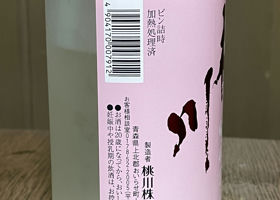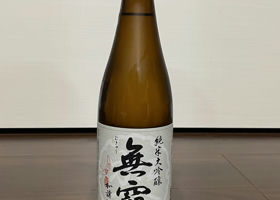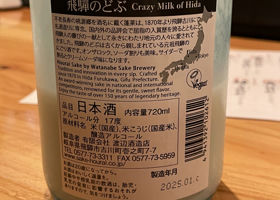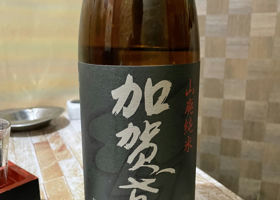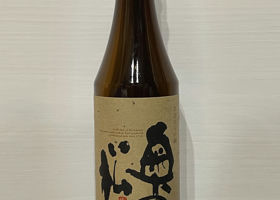

くま吉
The sake I received
I had had the same one at a pub, so I let it sit in a cool dark place for about 6 months to mature on its own.
(immediately after opening the bottle)
Clear and colorless
Mellow aroma
In the mouth, it has a full-bodied flavor with a good sense of maturity and a firm rice flavor.
After the taste spreads for a while, it finishes with a weak dryness.
Better with pork belly and radish than sashimi
It seems to go better with strongly seasoned snacks.
The aging process does not give the impression of aging, and it seems to be working in a positive direction for the first time.
It is not so good when it is warmed up.
(The day after opening the bottle)
Warmed to lukewarm
Tangy alcohol smell.
The full-bodied flavor weakens a little, and the taste quickly becomes sharp.
Heat sake to hot
Alcoholic smell disappears, and a weak matured aroma can be felt.
Taste is the same as lukewarm.
No alcohol smell compared to lukewarm, which is good.
Japanese>English












